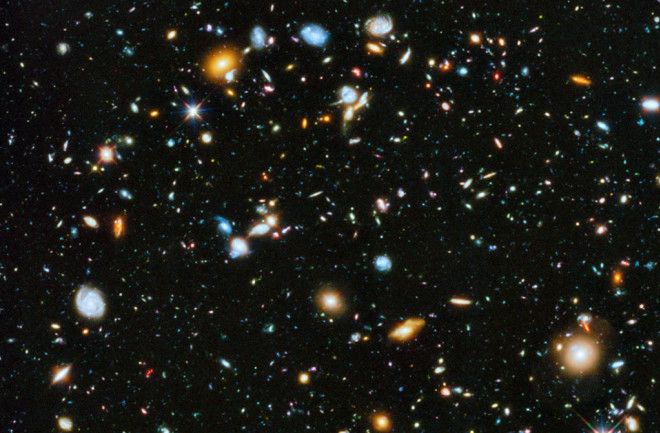A new study suggests that there are around 700 quintillion planets in the universe, but only one like Earth. It’s a revelation that’s both beautiful and terrifying at the same time.
Earth May Be a 1-in-700-Quintillion Kind of Place
A new study estimates there are 700 quintillion planets in the universe.

A Hubble image that captures a small sampling of the galaxies within the universe. (Credit: NASA/ESA)
Newsletter
Sign up for our email newsletter for the latest science news
0 free articles left
Want More? Get unlimited access for as low as $1.99/month
Stay Curious
Sign up for our weekly newsletter and unlock one more article for free.
View our Privacy Policy
Want more?
Keep reading for as low as $1.99!
Already a subscriber?
Find my Subscription
More From Discover
Stay Curious
Subscribe
To The Magazine
Save up to 40% off the cover price when you subscribe to Discover magazine.
Copyright © 2025 LabX Media Group
